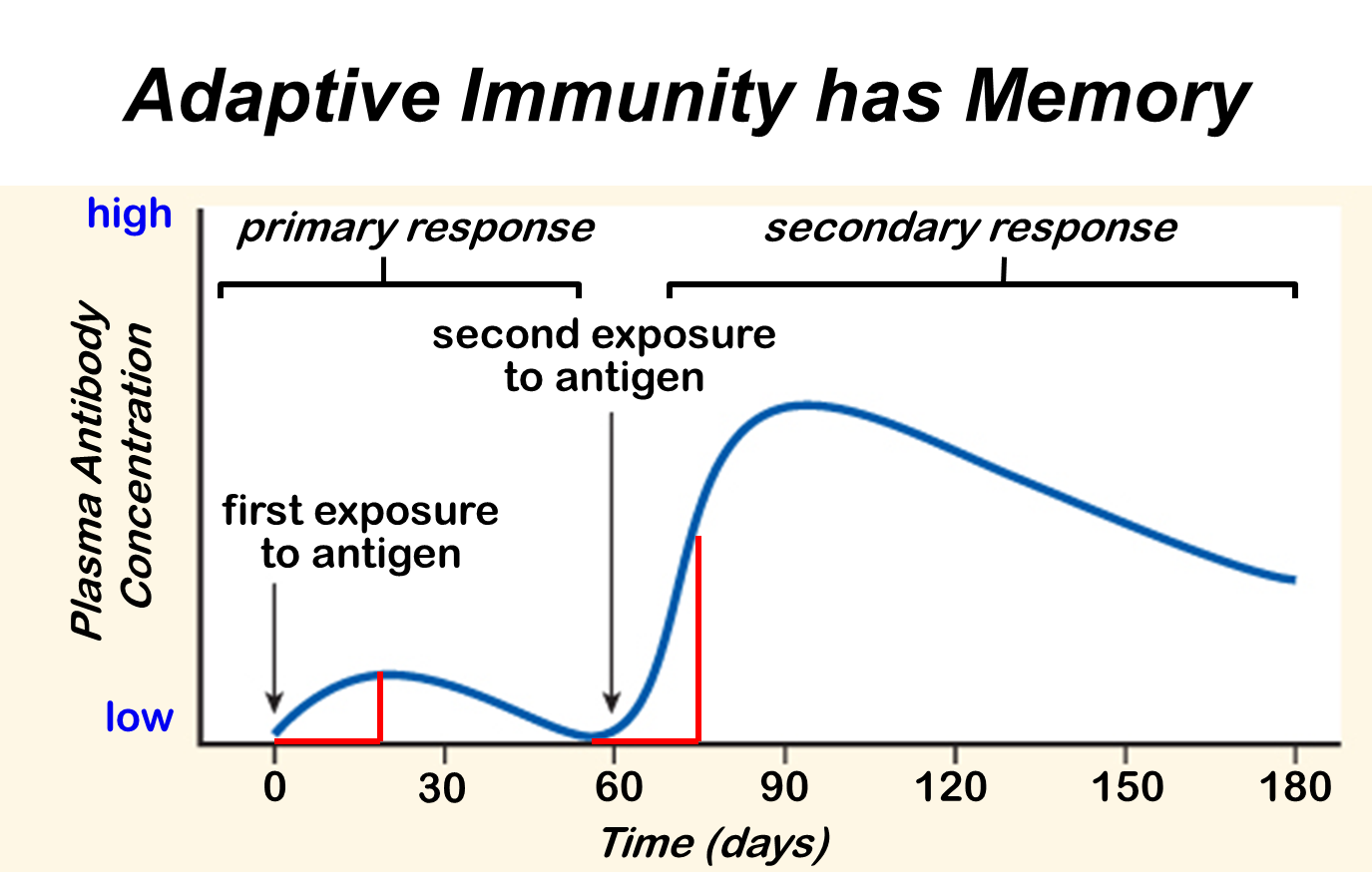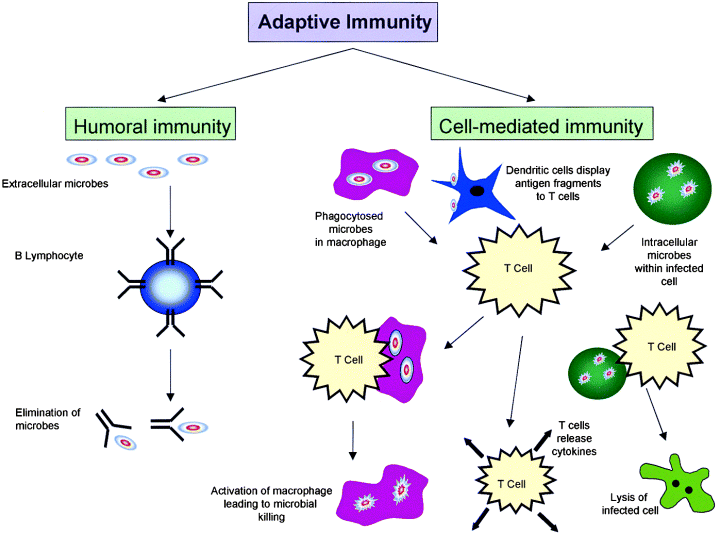To Think How Much Work Was Achieved
Last week while working in the laboratory; I received news about the data collected for the amount of viable antibodies that were produced from the infiltrated plants. It turned out that for about each gram of leave material that was infiltrated around 350 mg of antibodies were produced! So far as I know the mass of the leaves is uncertain because in the laboratory I am dealing with several different sizes of leaves, making it difficult to figure out exactly an average mass for these plants' leaves. Typically the mass of the leaves I have dealt with can be around 5 to 7g of leave matter, but again the amount of leaf matter that is still available after infiltration can change.This number is super tremendous because thinking about it instead of injecting a common vaccination into a patient such as say giving the patient a subunit vaccination, which is injecting the pathogenic antigen into a patient's body, doctors can turn to injecting human-like antibodies into the patient. Think about it imagine injecting several hundreds of mg of antibodies into a host, where those antibodies can be used to combat the replication of a pathogen found inside a host without the need for the host's immune system to respond to the infection directly. Typically in most individuals the rate at which a human immune system produces its peak amount of antibodies that can respond to a specific strain of a virus is typically two weeks. Two weeks is a long time and by that time the infection could have gotten worse as the virus mutates inside the human immune system, causing the virus' shape and antigen structure to change with it. Not only that but the usage of antibiotics to destroy the virus wouldn't work too because antibiotics can only target against bacteria and not viruses. The implementation of plant-based biological systems has greatly posed a better future for vaccination alternatives.
 |
|
Although I have brought up some pros to the implementation of the plant-produced antibodies, there are still cons to this alternative that have to be addressed in the given future in order for this system to be efficient for a greater tested population. One obvious con that I hope everyone reading this asks to themselves is how can there be enough antibodies produced to supply for a larger population. Typically the production of these antibodies can take around 2 to 4 months, because the researchers have to grow the
Nicotiana benthamiana plants and control their growth. In that case, there has to be thousands of plants to be produced and grown in the right conditions in order for there to be enough antibodies to be produced from these lab organisms. Not only the amount of time it takes for the plants to be produced but the decision to continue using Agrobacterium, PVX (Potato virus X), and TMV (Tobacco Mosaic virus) comes into play, because there has to be enough of these organisms to be grown to transmit the correct gene sequences for the plants to use to produce the antibodies
. Also, there is a problem with using antibodies to defend a human body, because the antibodies are specific to one type of viral structure (active site) and so if the virus was to mutate then there is no way for the introduced antibodies to even work. Typically when making the antibodies there has to be enough buffer solution such as MES to be able to help stimulate growth of the bacteria, so that task right there can be a problem. The timing of this entire process and the issue that adaptive immunity isn't stimulated in a human immune system can be difficult potentials to the use of plant-made antibodies. It's better for immunity to be given to the human hosts instead of giving the patient antibodies by injecting a vaccination, but there is always an issue with viruses being able to change their structure due to mutations. This ability that viruses have is something that has to be addressed in order for any of these two mechanisms to work efficiently for the future populations that are exposed to viruses such as Dengue.
 |
| Here is a picture of the two types of adaptive immunity and the type of immune cells utilized in each type |


No comments:
Post a Comment